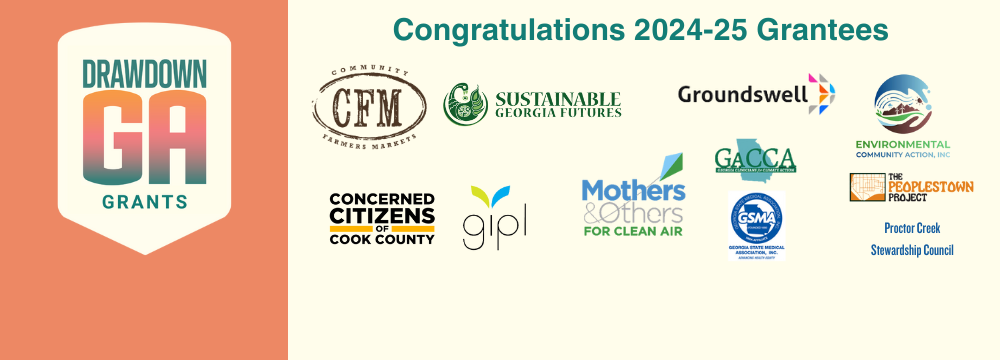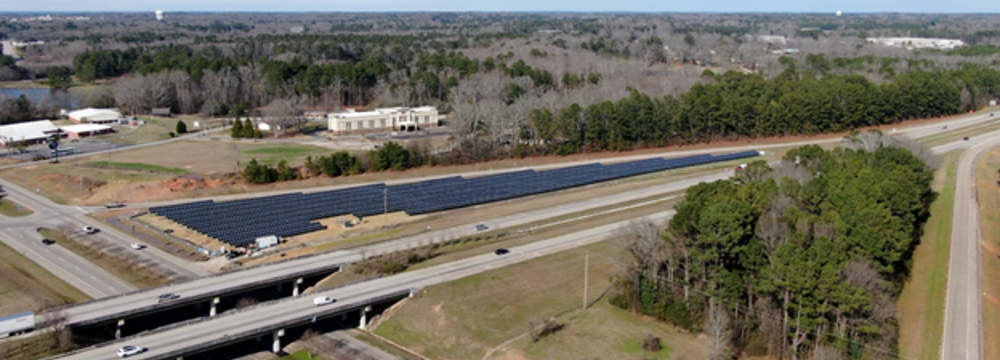Building our Equitable E-Mobility Future
Drawdown Georgia and the Southern Alliance for Clean Energy will host a free webinar focused on e-mobility and equity on May 16th at 11:00 a.m. Eastern
Read MoreThe Ray Releases “State of The Ray 2023” on Earth Day
2023 Annual Report
The Ray, a leading nonprofit organization dedicated to advancing net-zero transportation and energy infrastructure, has released its highly anticipated 2023 annual report—State of The Ray 2023.
Read MorePlant-based pigment developer Sparxell secures 3.2 million dollar funding
Sparxell was the 2023 Ray of Hope Prize Winner
UK manufacturer of plant-based pigments Sparxell has announced the closing of a 3.2 million dollar funding round which it said it would use to help accelerate the development and commercialisation of its products.
Read MoreOur Resilient Georgia Coast
Watch the recorded webinar
Watch the recorded webinar of "Our Georgia Coast" from Drawdown Georgia.
Read More




